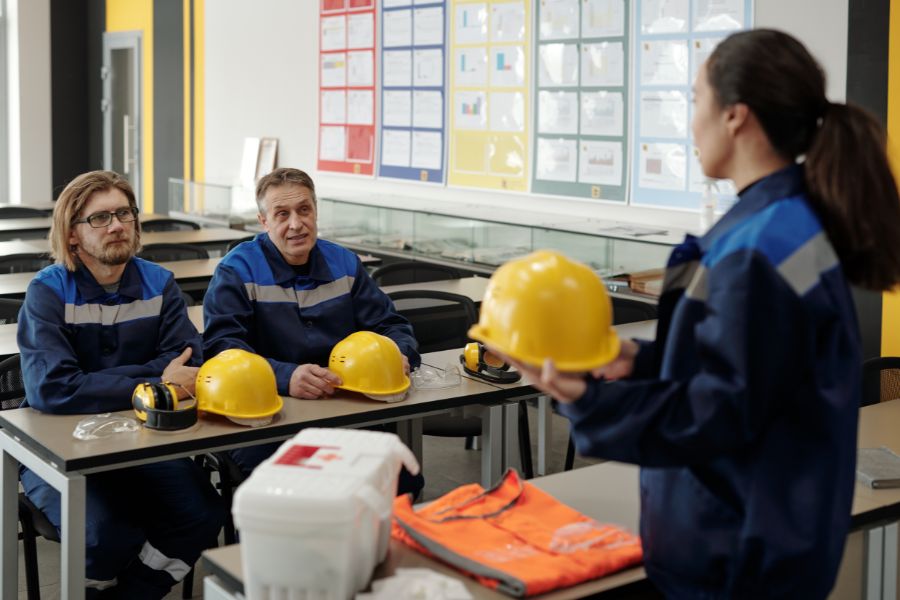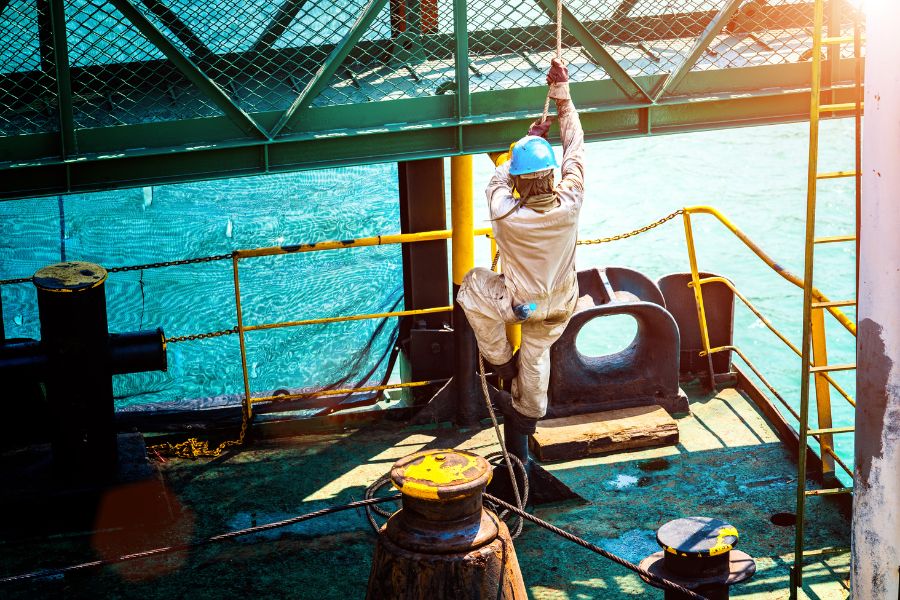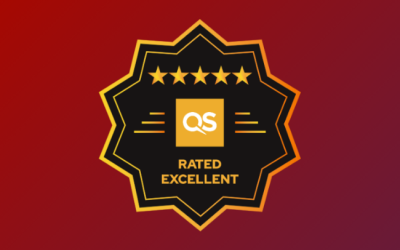 Blog
BlogOccupational risk prevention: A fundamental pillar for health and safety at work
We are sure that on more than one occasion you have heard the saying ‘prevention is better than cure’ and although it may seem like a cliché, it is an absolute truth. According to several studies, for every euro invested in occupational risk prevention, the return is 2.54 euros in terms of productivity and health cost savings. In addition, absenteeism is reduced and employee well-being is improved.
Moreover, Cepyme and employers' associations warn that the cost of sick leave for companies exceeded 12 million euros in 2023. All this without taking into account other associated costs such as the replacement of people or the goods or services that are no longer produced due to sick leave. But why is there an upward trend, and are there sufficient mechanisms, resources and protocols for the prevention of occupational risks?
We will now take a look at risk prevention in companies in order to understand the importance of this issue in the workplace. We will cover typologies, legislation and the best strategies for human resources professionals. However, the key will always be good training such as ENAE's Master's Degree in HR Management and People Analytics, constant updating and commitment to the occupational health of workers. Check if your company is implementing the best practices!
Importance of occupational risk prevention
To begin with, occupational risk prevention is a set of policies and practices aimed at protecting the health, safety and well-being of workers in their working environment. This approach not only seeks to avoid accidents, but also to prevent illnesses and injuries that may arise in the workplace.
The implementation of occupational risk prevention strategies is essential to prevent workers from suffering accidents or illnesses. Prevention not only reduces accidents at work, but also contributes to a safer working environment, increases productivity and improves employee satisfaction.
Undoubtedly, occupational health and safety is a priority that affects all sectors, from agriculture to industry, and involves companies of all sizes and types.
Occupational hazards: Types and examples
Occupational hazards can be classified into different categories depending on their nature. These include:
- Physical hazards: such as exposure to dangerous machinery or extreme environmental conditions.
- Chemical risks: related to the handling of hazardous substances.
- Ergonomic risks: arising from inappropriate postures or movements during work.
- Psychosocial risks: such as stress, excessive workload or problems in work relationships.
Each type of risk requires specific and appropriate measures to ensure the effective protection of workers and to prevent them from suffering harm as a result of their work activity.

Legal framework and regulations on occupational risk prevention
The legal framework for the prevention of occupational risks is supported by a solid legal framework at both national and EU level. Legislation in this area includes directives establishing minimum requirements to ensure that all Member States adopt adequate preventive measures.
The Spanish Constitution and complementary legislation in each autonomous community also play an important role in ensuring compliance with the obligations established in terms of occupational safety.
In Spain, the National Institute for Safety and Health at Work (INSST) is a key entity in the promotion and technical support in the prevention of occupational risks. This body is responsible for providing technical advice and developing training activities to improve working conditions and protect the safety or health of workers.
Role of the European Union and the competent authorities
The European Union has played a key role in promoting occupational safety and health through various directives and supporting policies. These efforts seek to harmonise standards across Member States so that working conditions are safe and healthy throughout the region. The EU also encourages investment in innovation and technology to facilitate preventive management in companies.
At national level, the labour authority and public administrations must monitor compliance and sanction those who fail to fulfil their obligations. These authorities also provide preventive resources and technical support to companies, especially small and medium-sized enterprises that may lack the resources to implement all safety measures on their own.

Prevention strategies and risk assessment
Occupational risk assessment is a fundamental process to identify and analyse those factors that could represent a serious risk to health or safety at work.
This assessment enables companies to take preventive measures and make the necessary modifications to mitigate these risks. Some of the key strategies in prevention include:
- Substituting the hazardous with less hazardous alternatives, wherever possible.
- Continuous assessment and monitoring of risks to ensure that preventive measures remain effective.
- Regular monitoring of working conditions to detect in time any changes that may affect safety.
- Training and education of workers so that they are aware of the specific risks of their job and know how to avoid them.
Employers must provide their employees with the necessary means to carry out their work safely. This means not only complying with health regulations, but also fostering a preventive culture that promotes respect for and protection against risks.

Preventive measures to ensure health and safety
To ensure effective protection in the working environment, companies must take the necessary measures to reduce occupational risks. These measures can be of a collective nature, such as the installation of handrails or ventilation systems, or of an individual nature, such as the use of personal protective equipment (PPE), such as helmets, gloves or safety goggles.
Individual protection is especially relevant in jobs where employees are exposed to specific risks that cannot be eliminated by collective measures. In addition, developing a clear organisational structure and assigning designated workers to safety management are necessary steps to ensure compliance with regulations and procedures.
Promoting continuous improvement in occupational safety
The improvement of occupational safety and health is a continuous process. Companies should strive to promote continuous improvement of their preventive measures, as occupational risks change over time and require constant monitoring and adjustment. This includes incorporating new technologies, updating protective equipment, and improving safety procedures to adapt to changing circumstances in the workplace.
Ultimately, the responsibility for creating a safe environment rests with both employers and workers, who must actively collaborate in preventive activity and collective protection. Only a joint effort can ensure safe and healthy working environments for all.
In short, occupational risk prevention is a fundamental pillar to protect the health and safety of workers in any work environment. The implementation of appropriate measures and compliance with regulatory standards not only helps to avoid accidents at work and occupational diseases, but also improves the working environment and productivity.
In addition, cooperation between companies, workers, authorities and bodies such as the European Union is key to effective and continuous prevention. Investing in prevention not only benefits workers, but also companies, and ultimately society as a whole.













